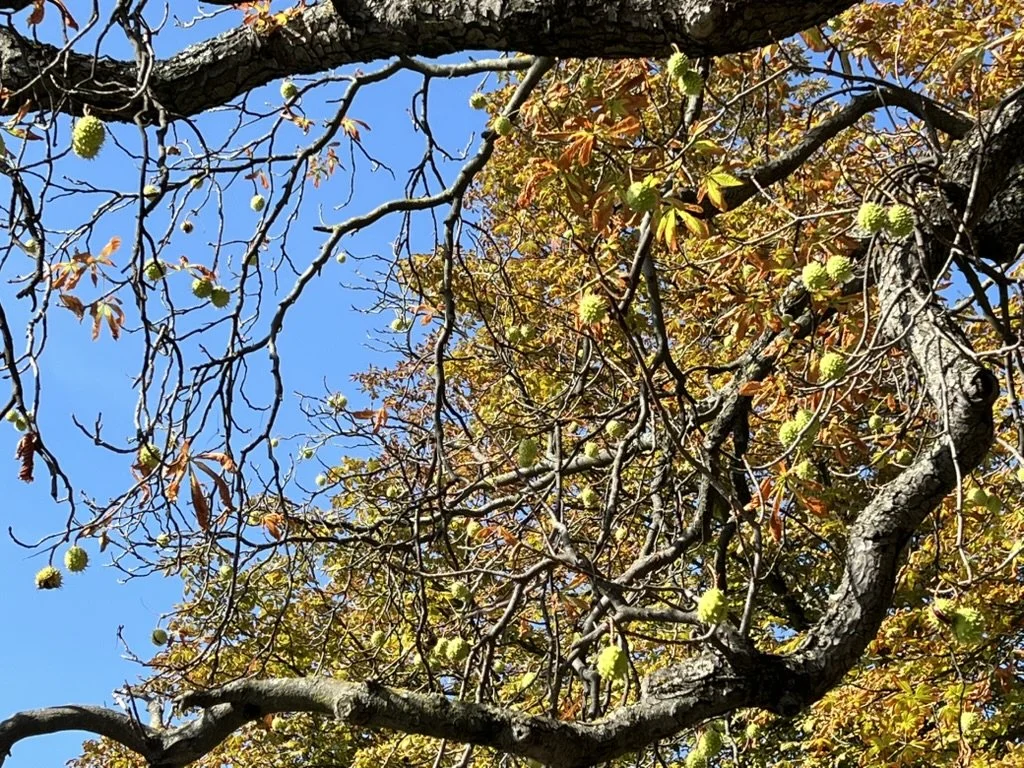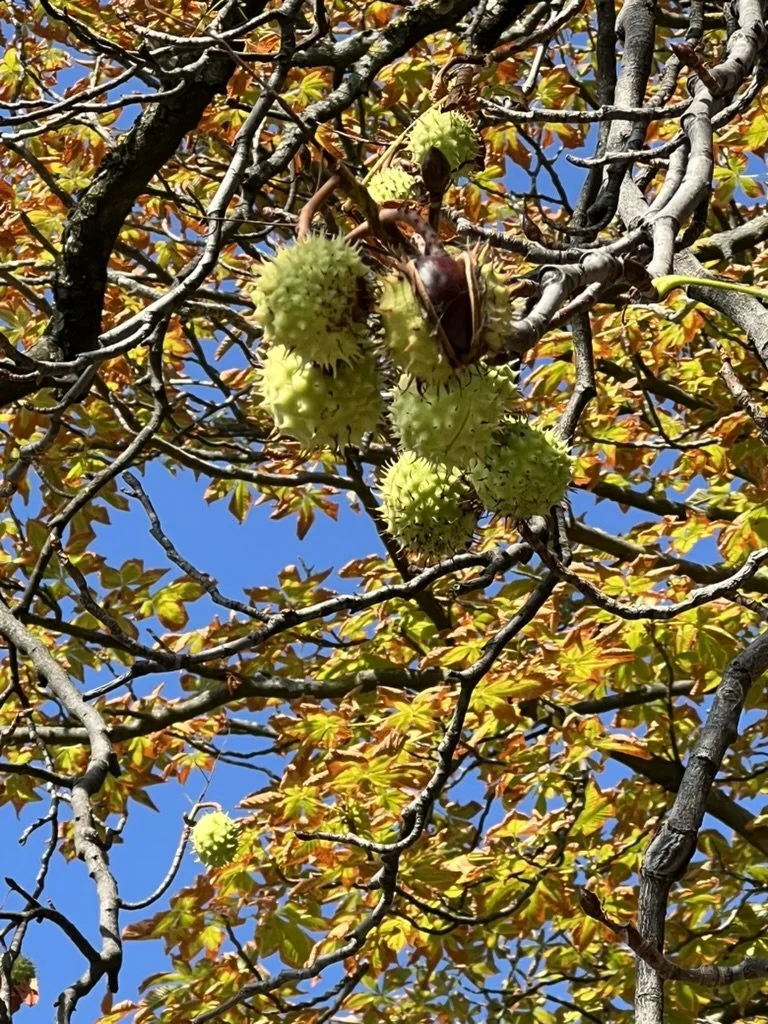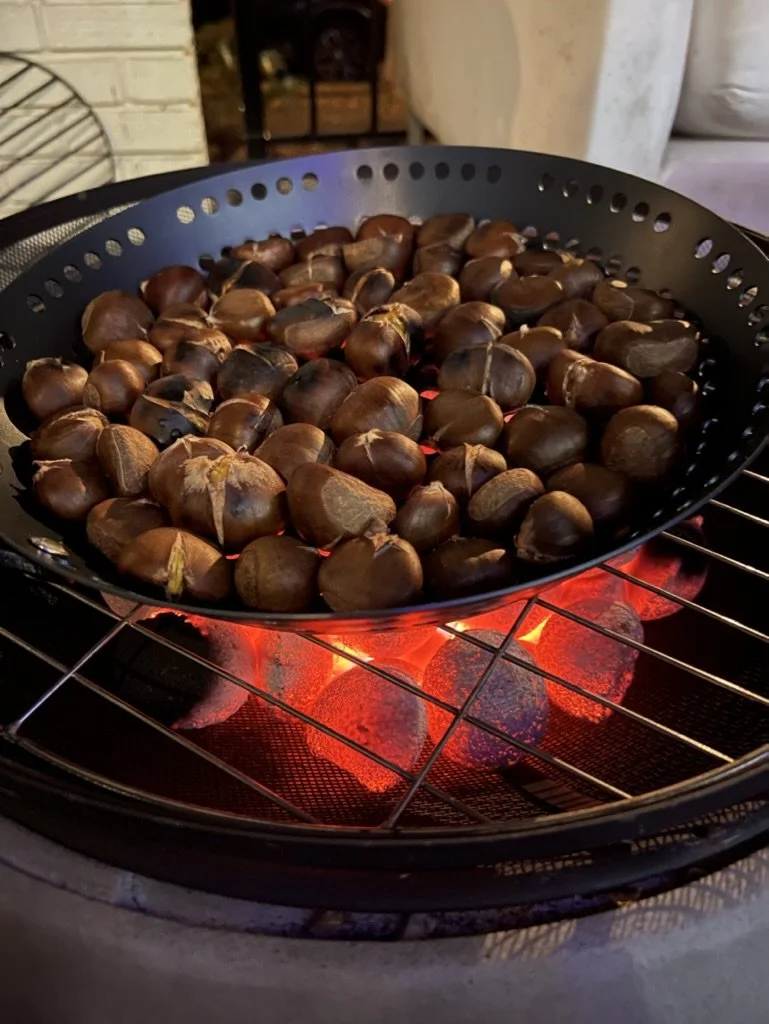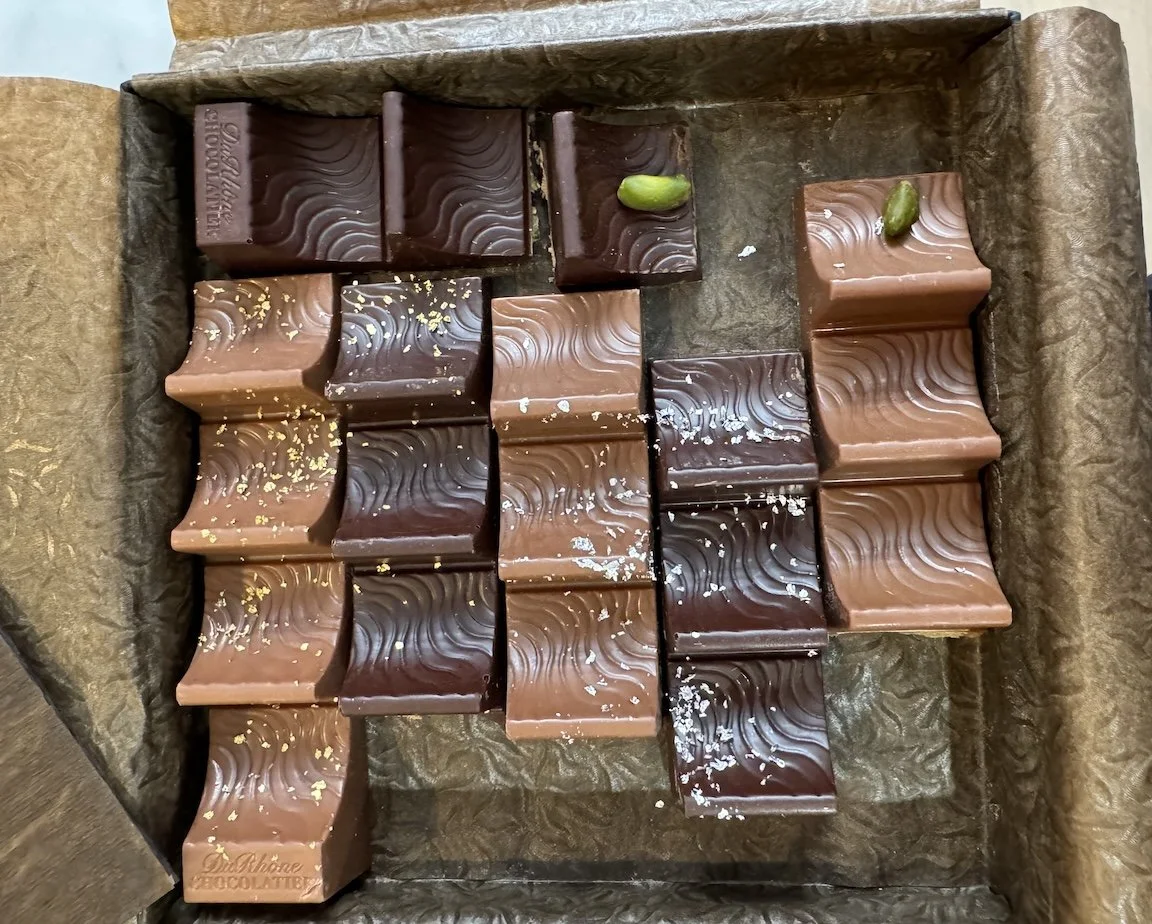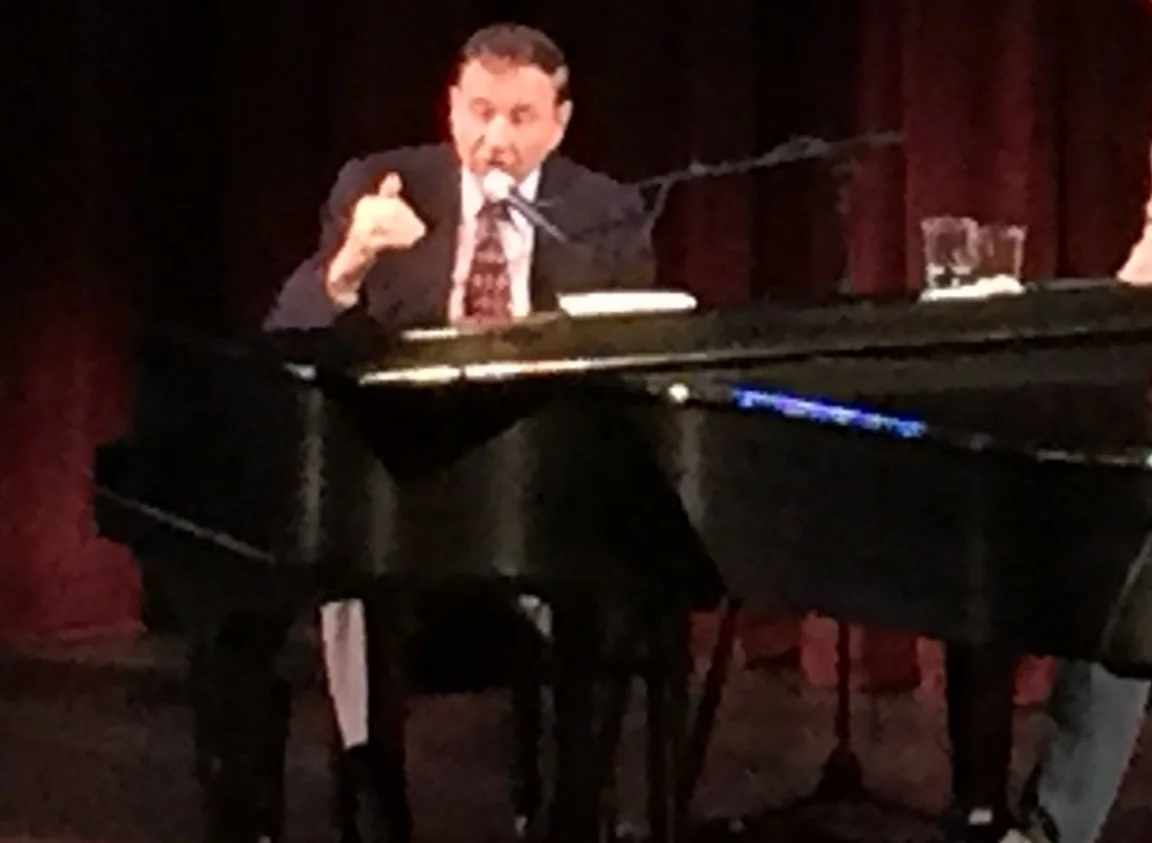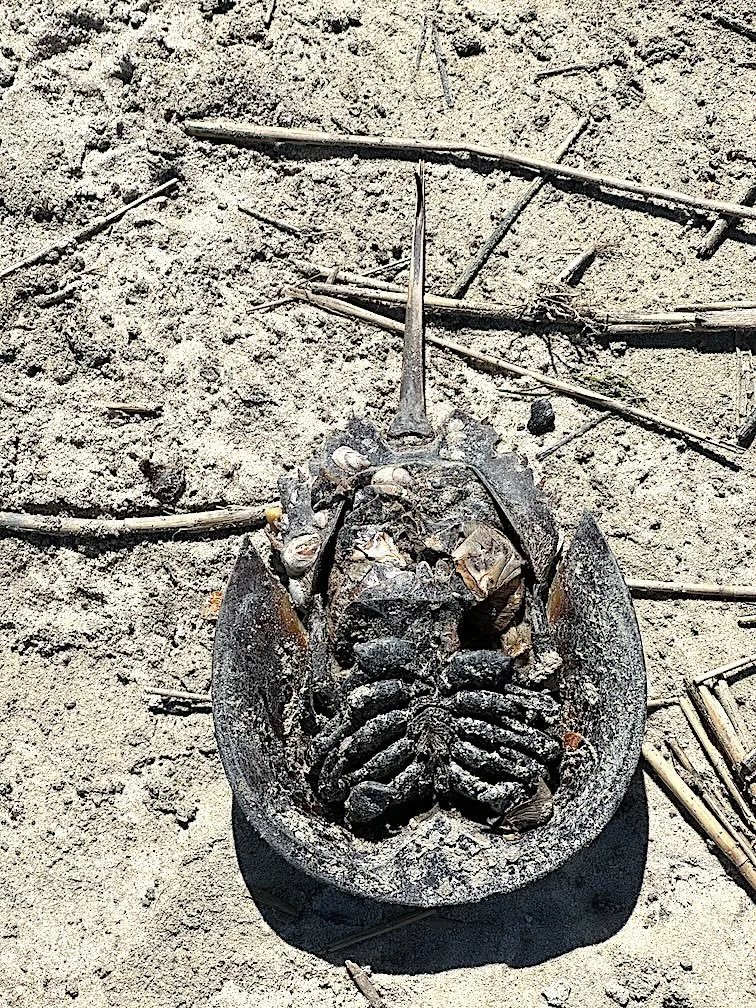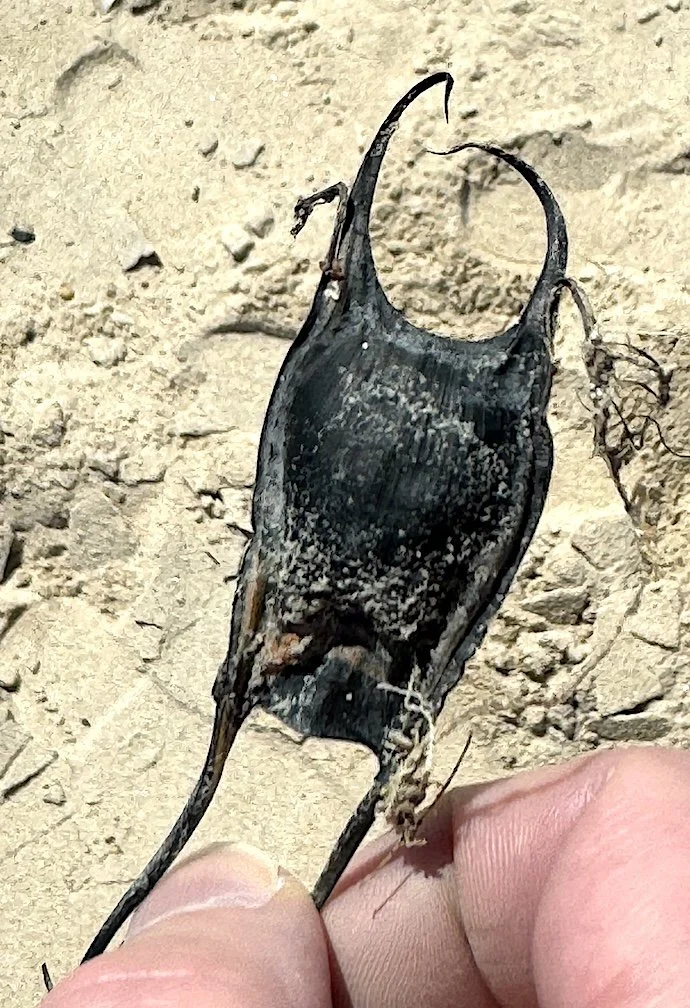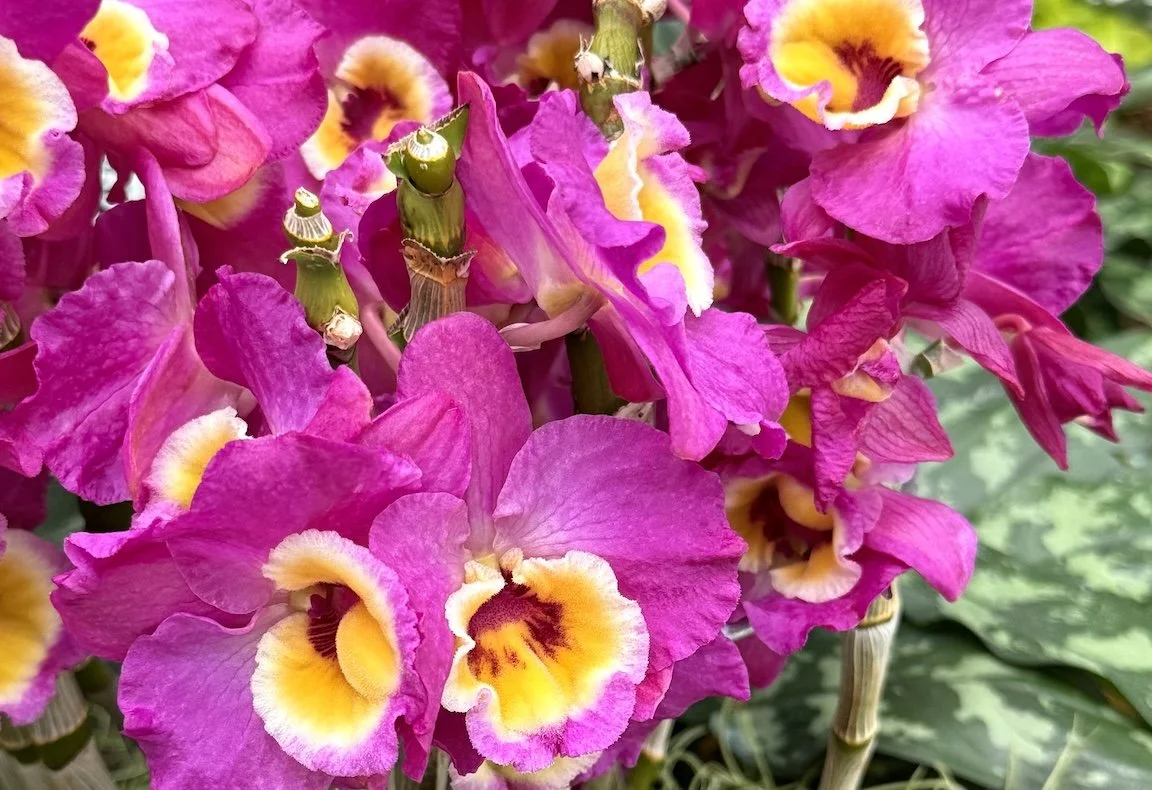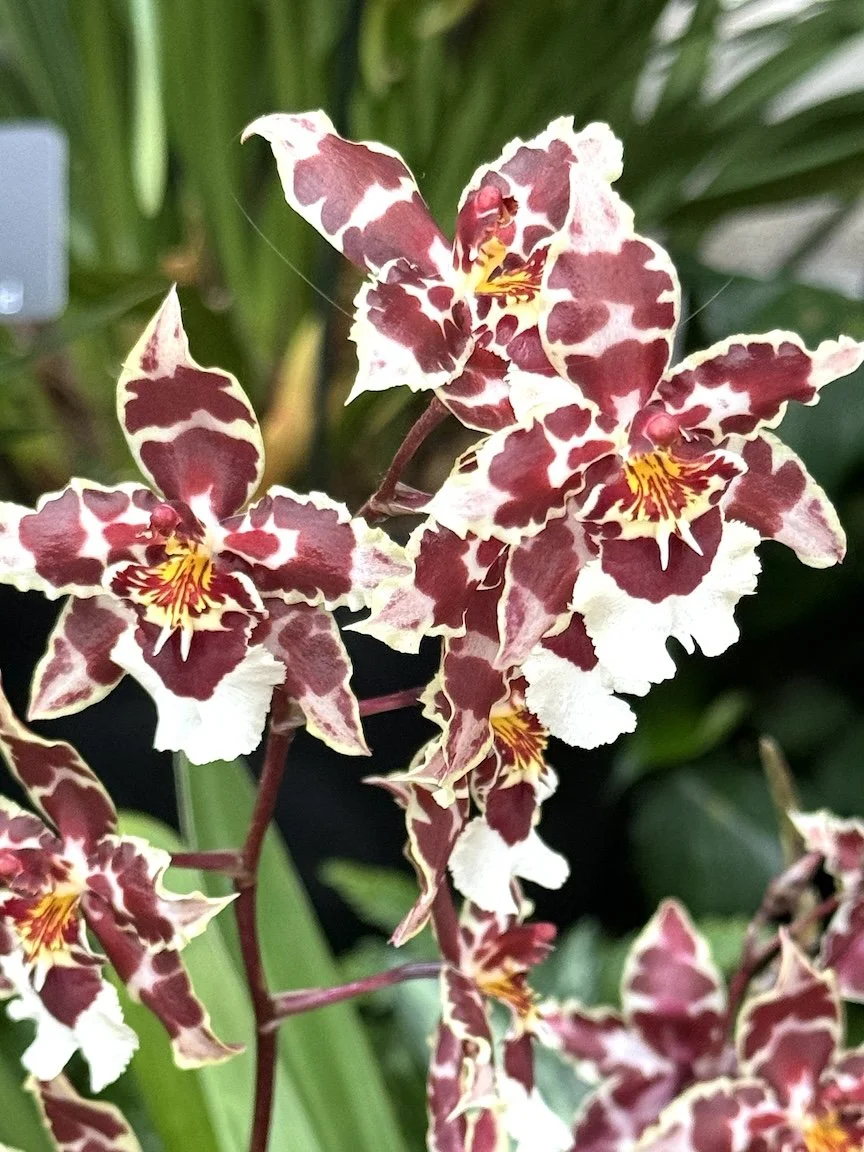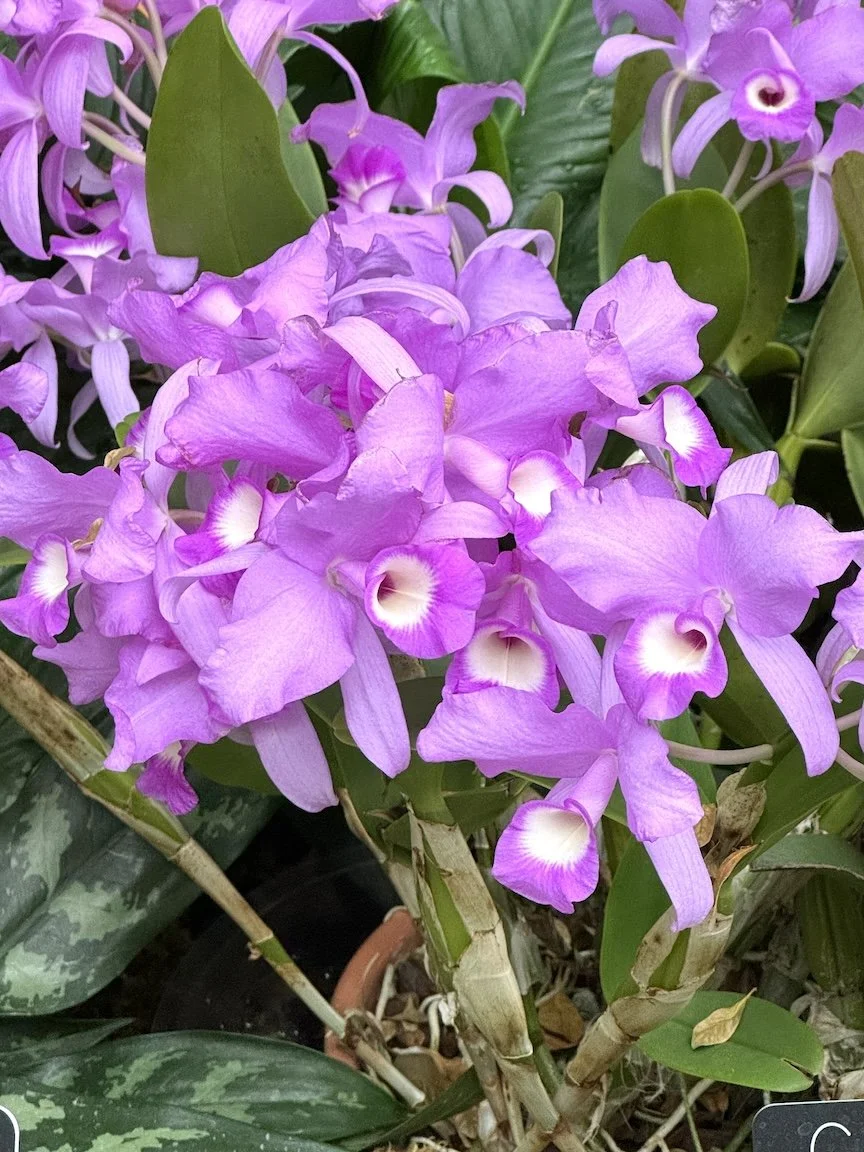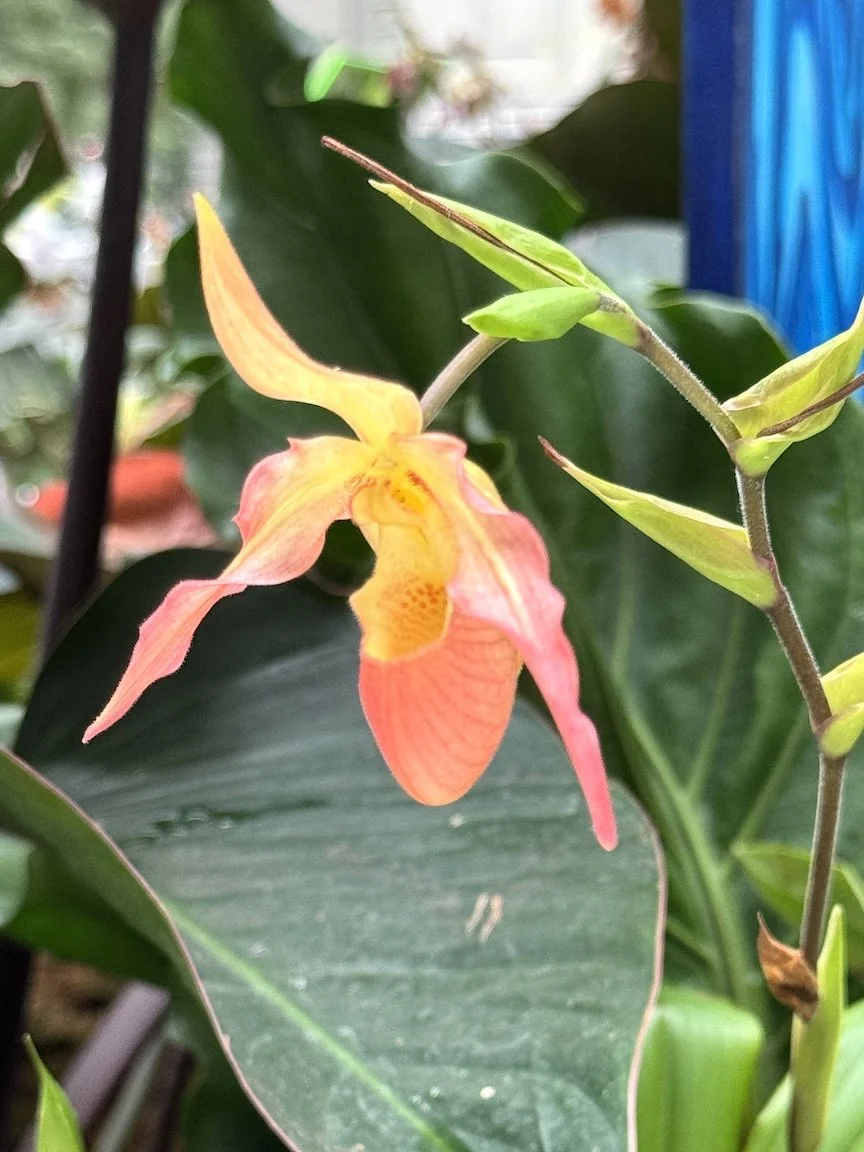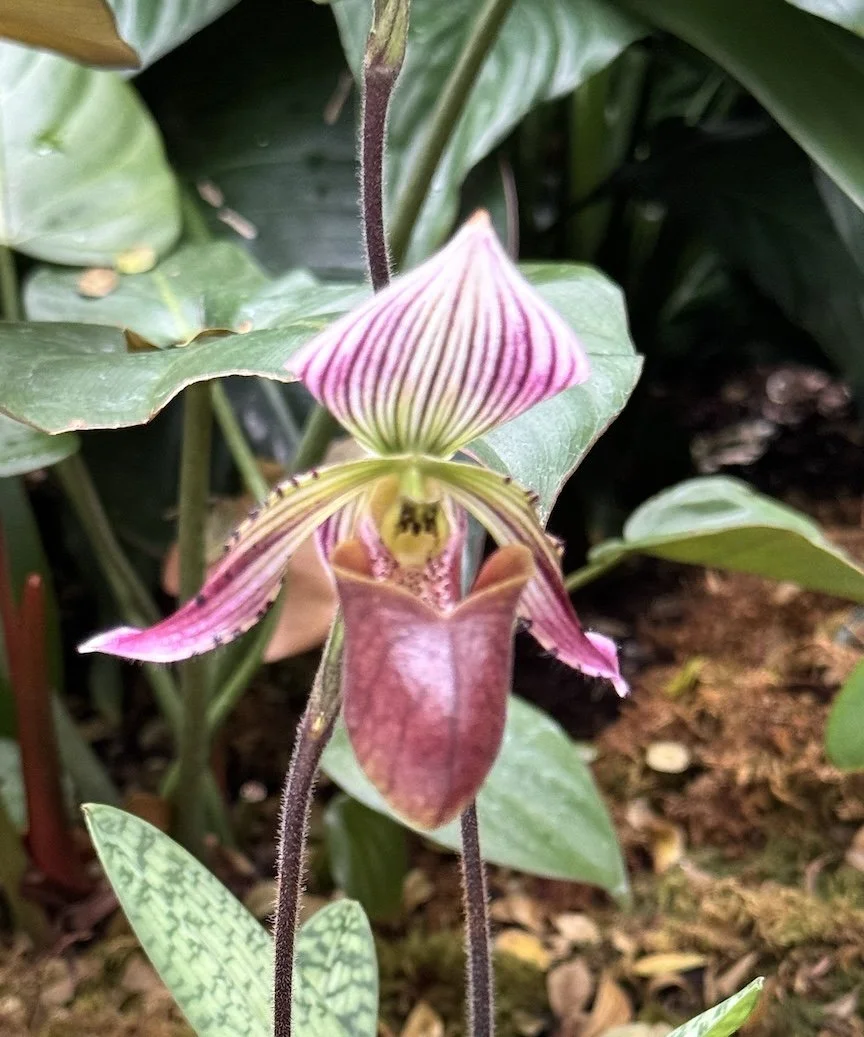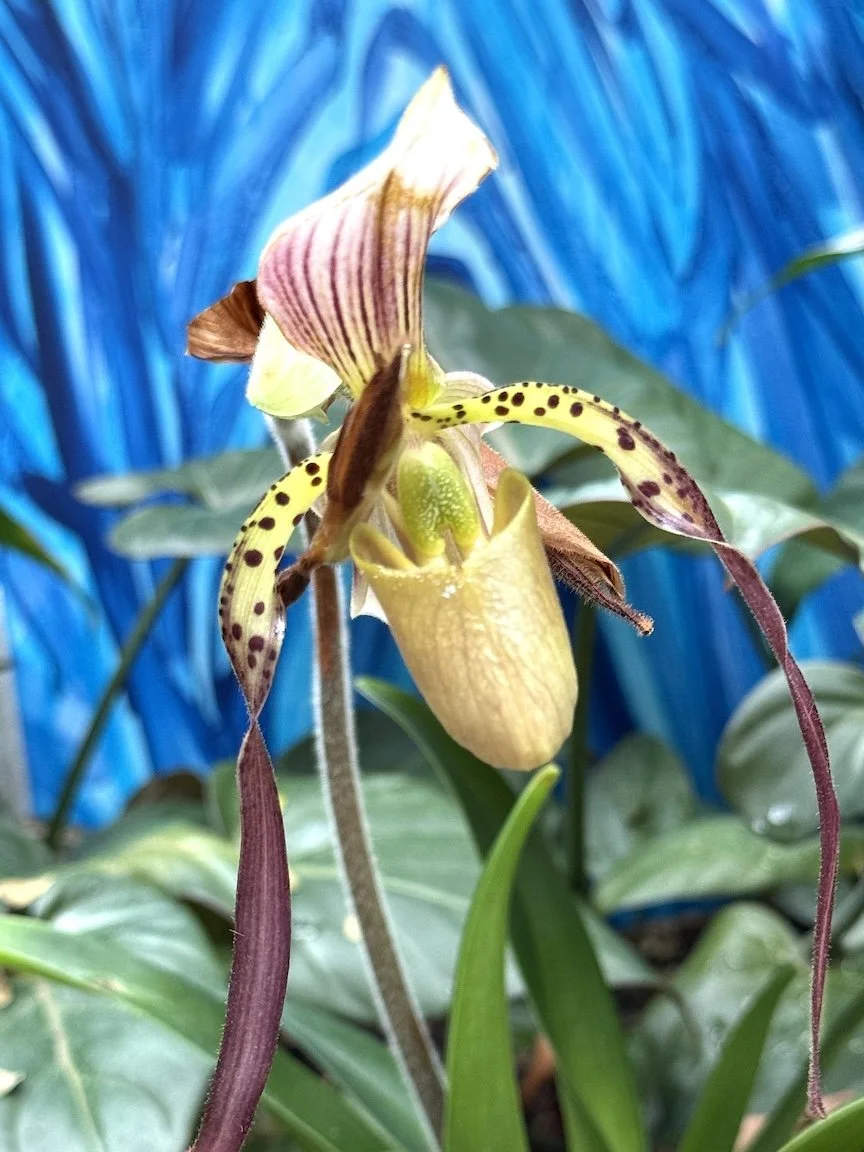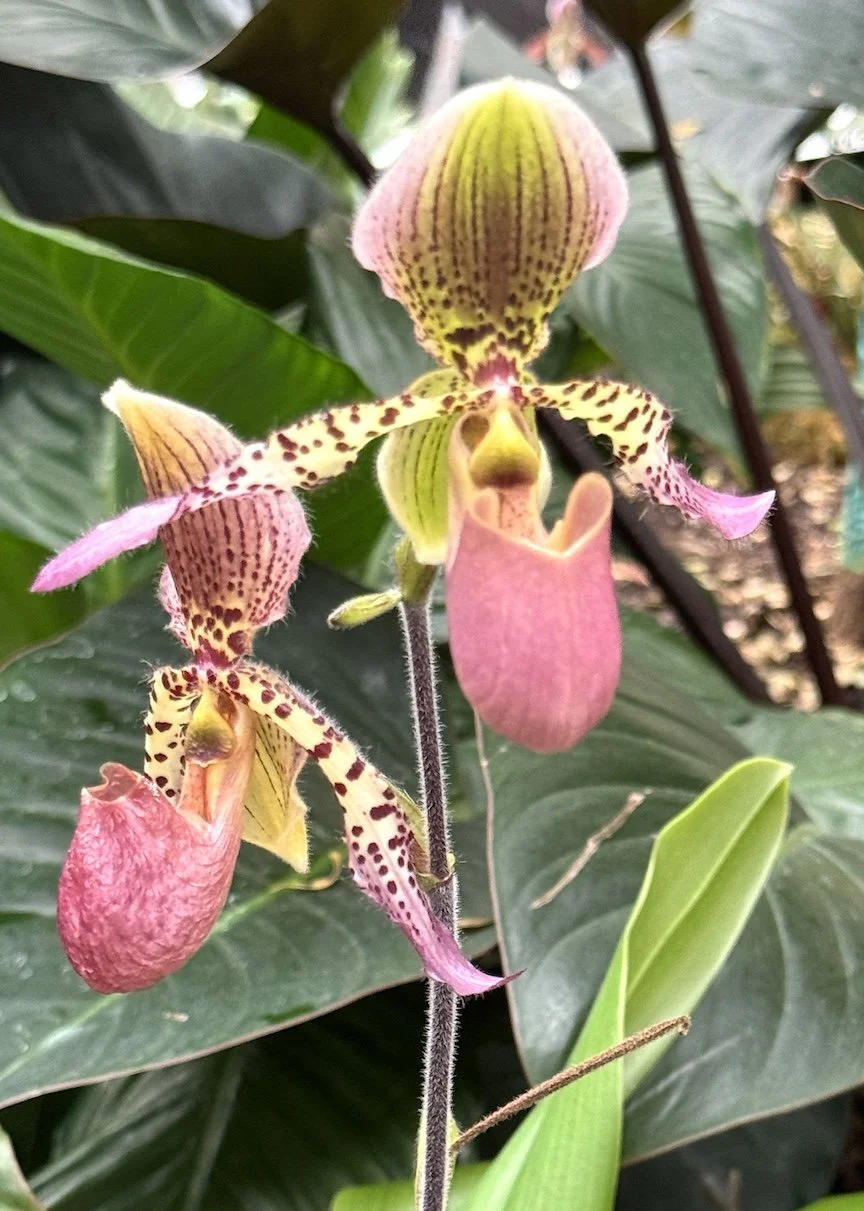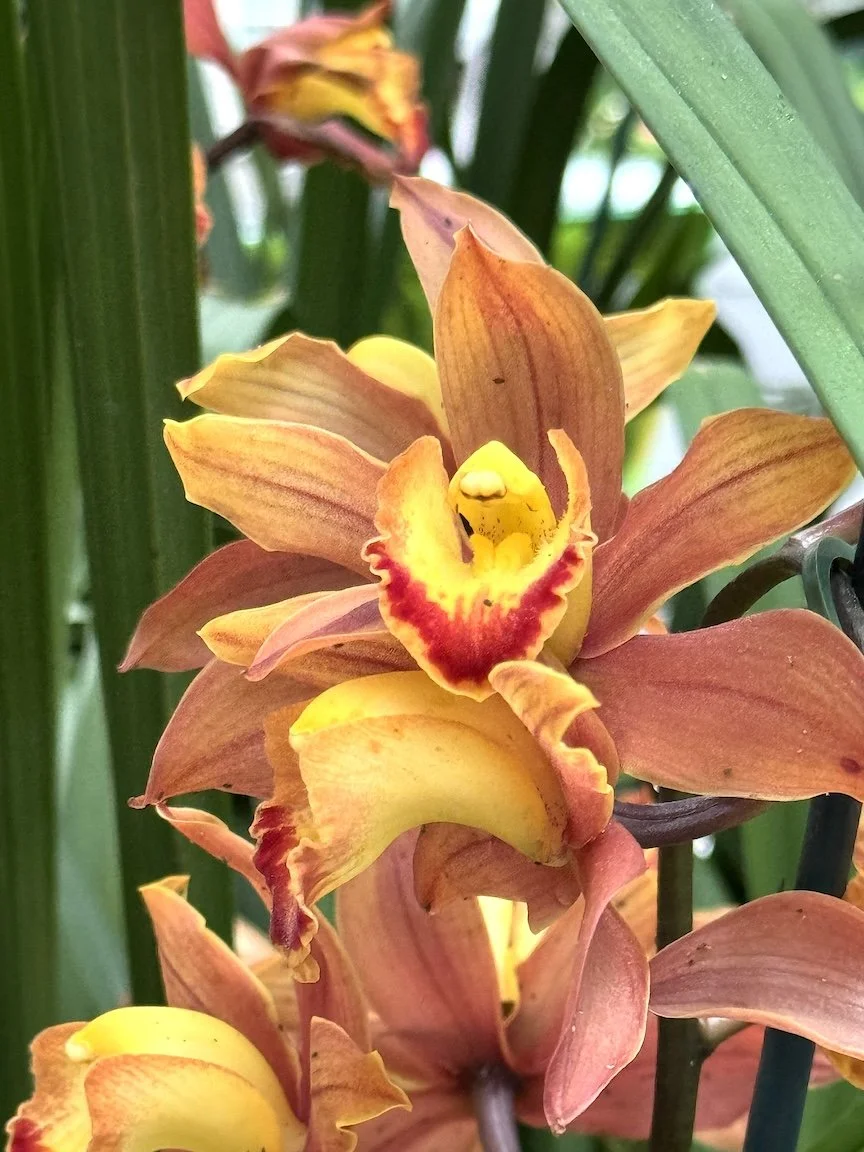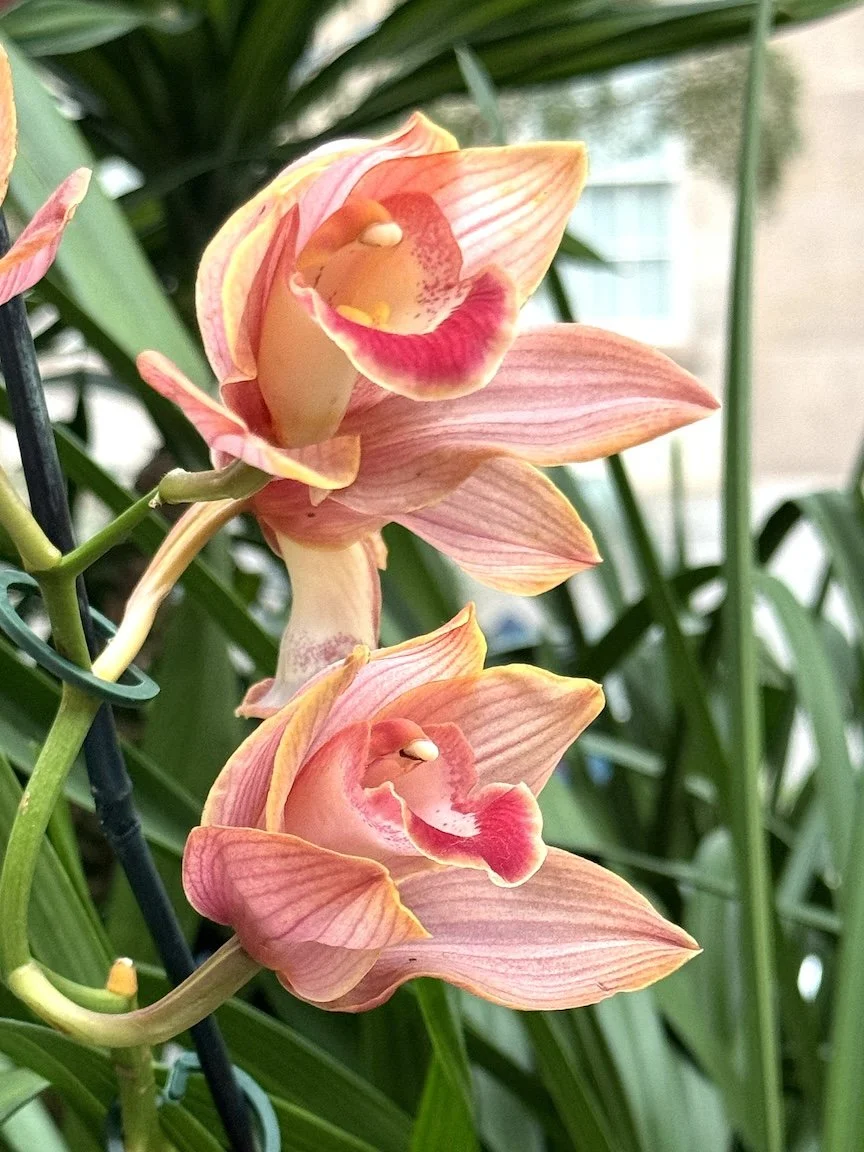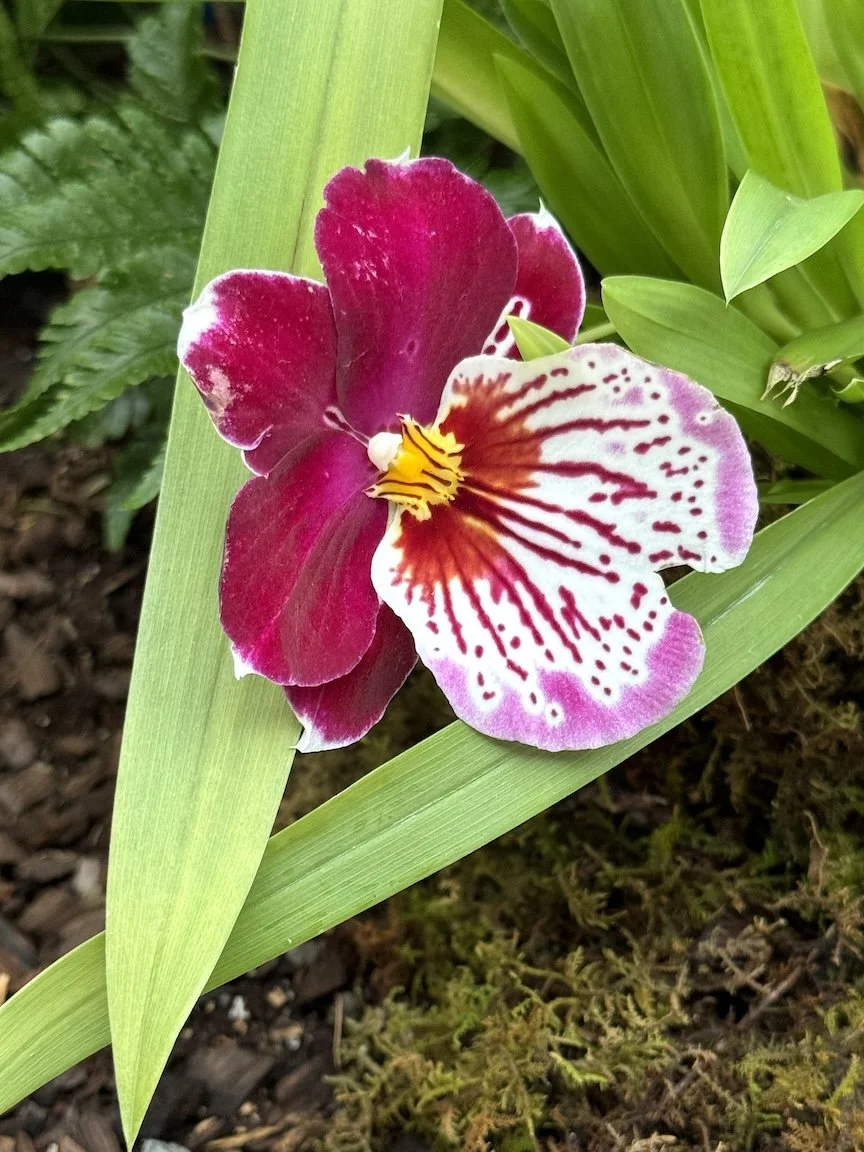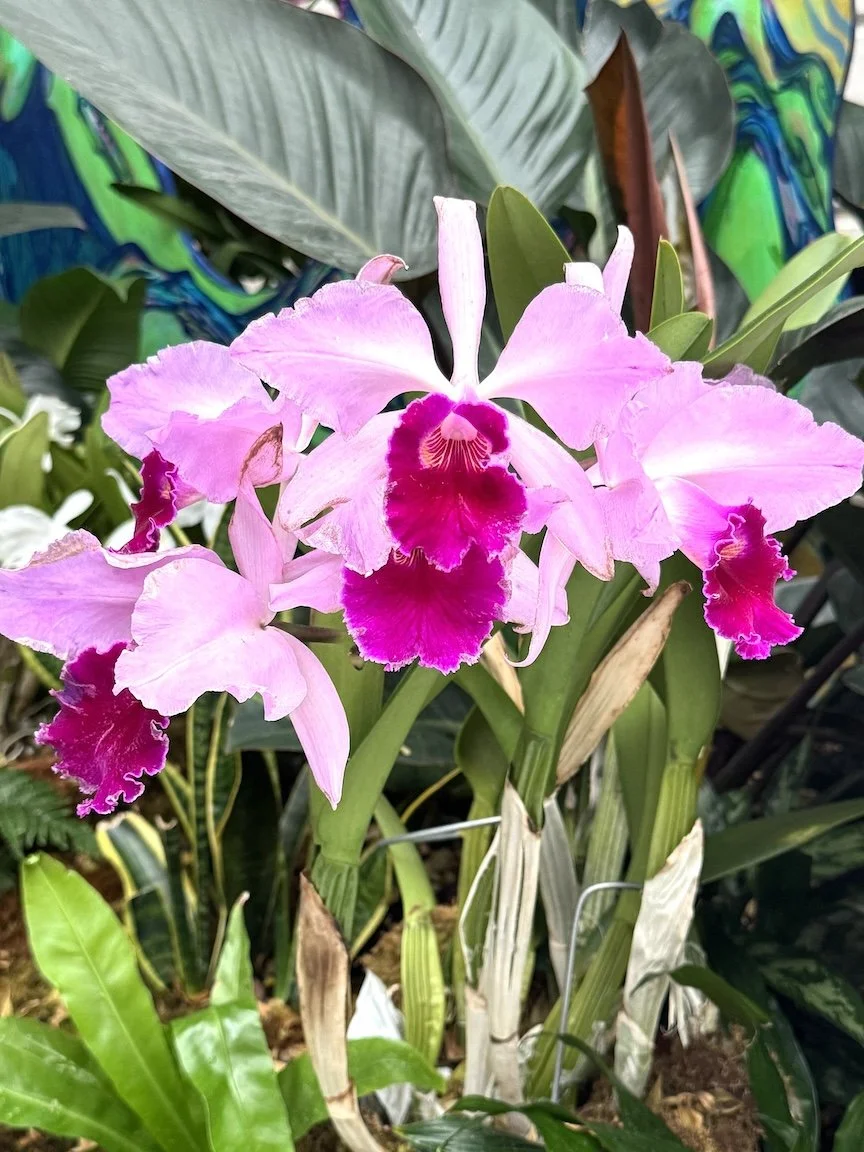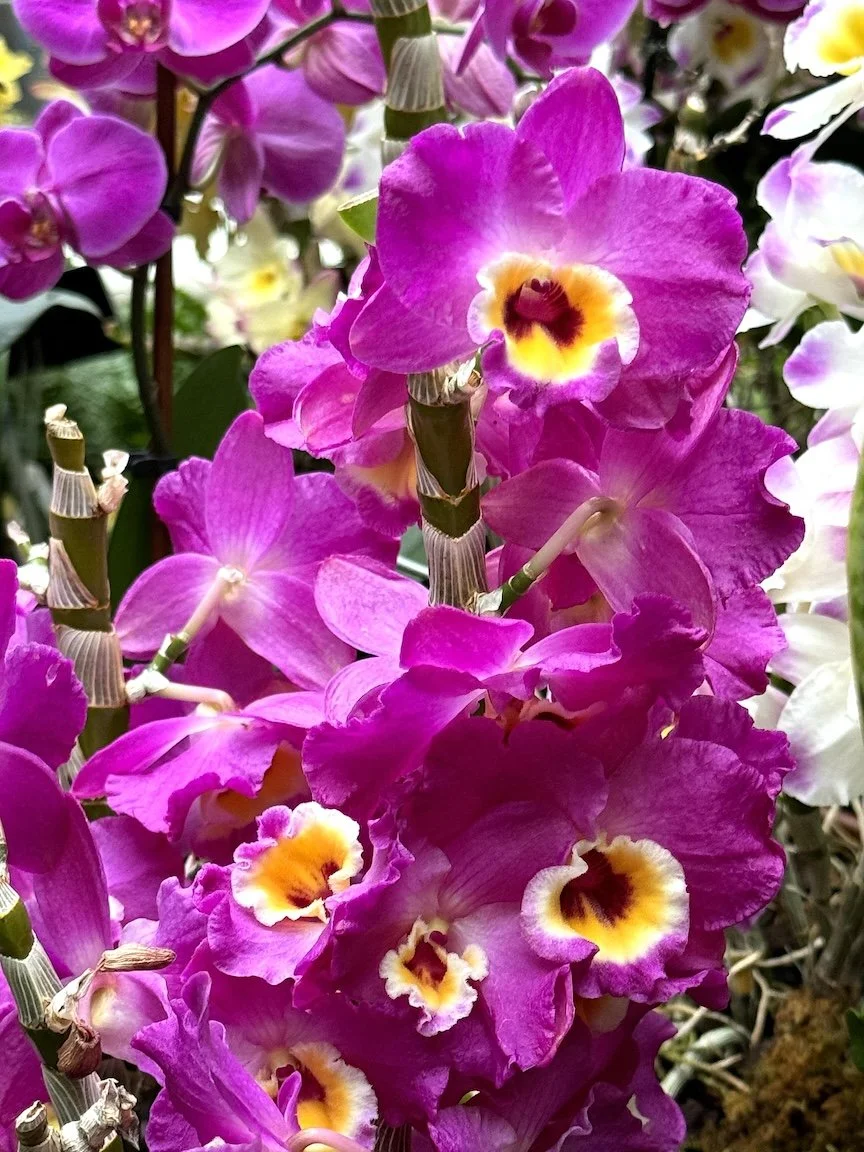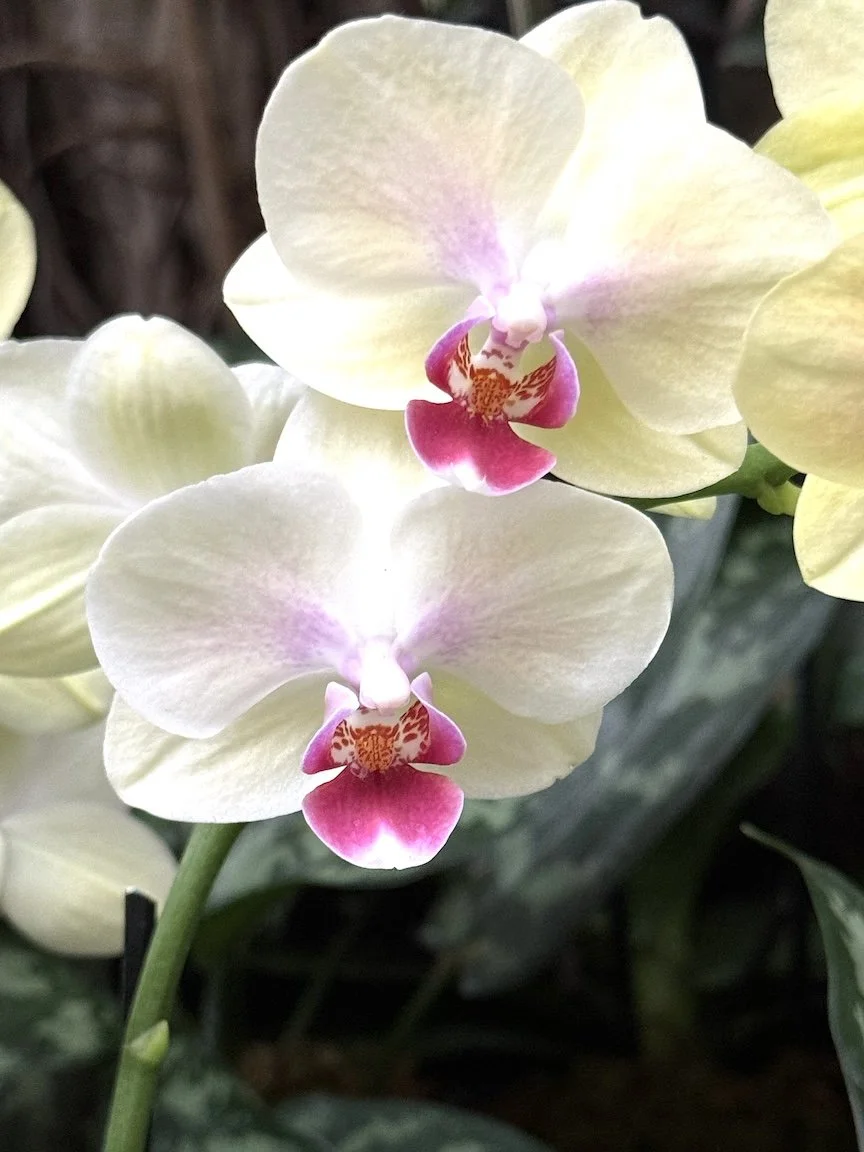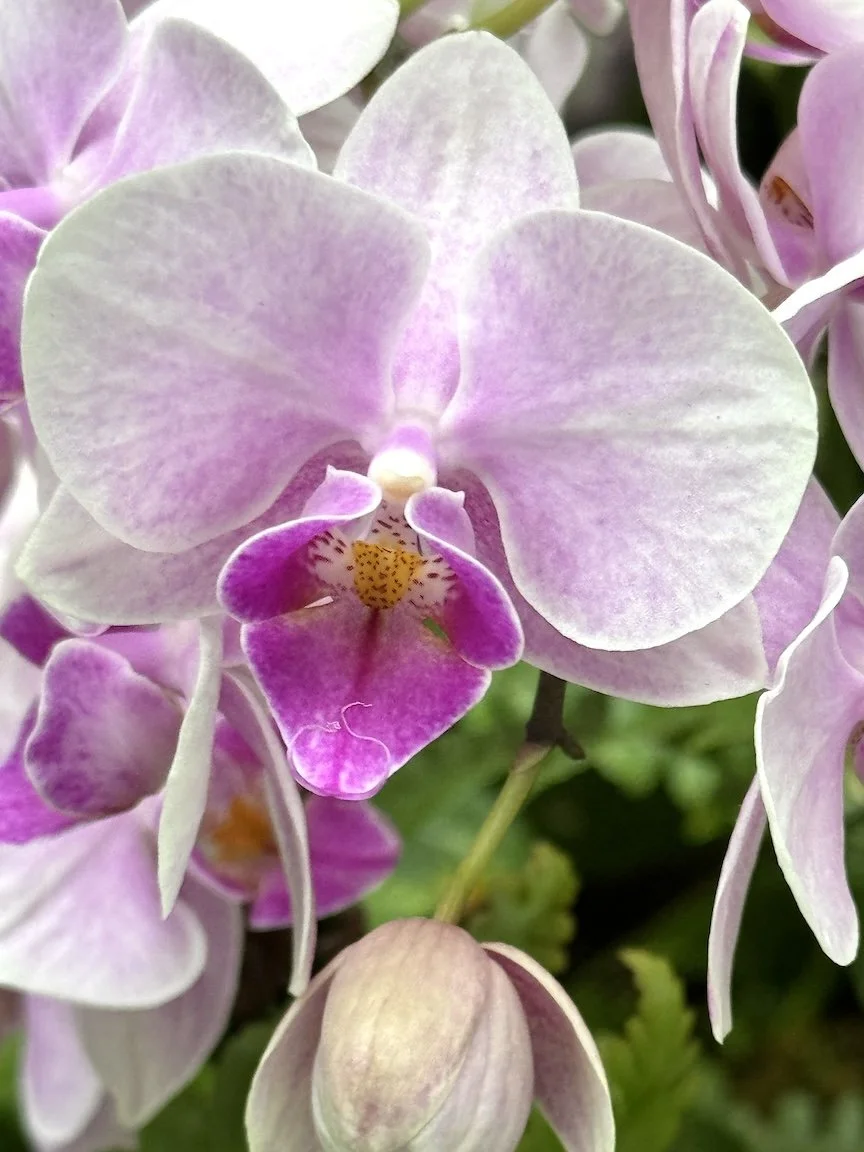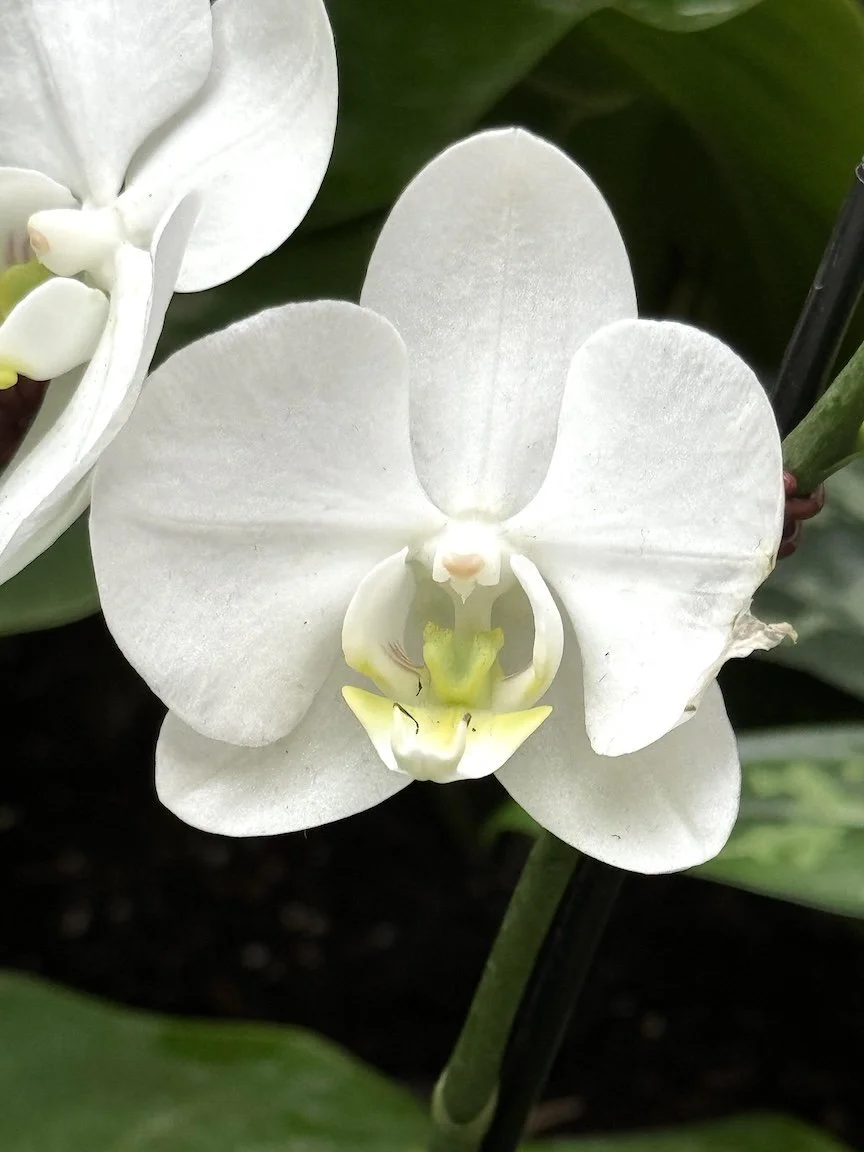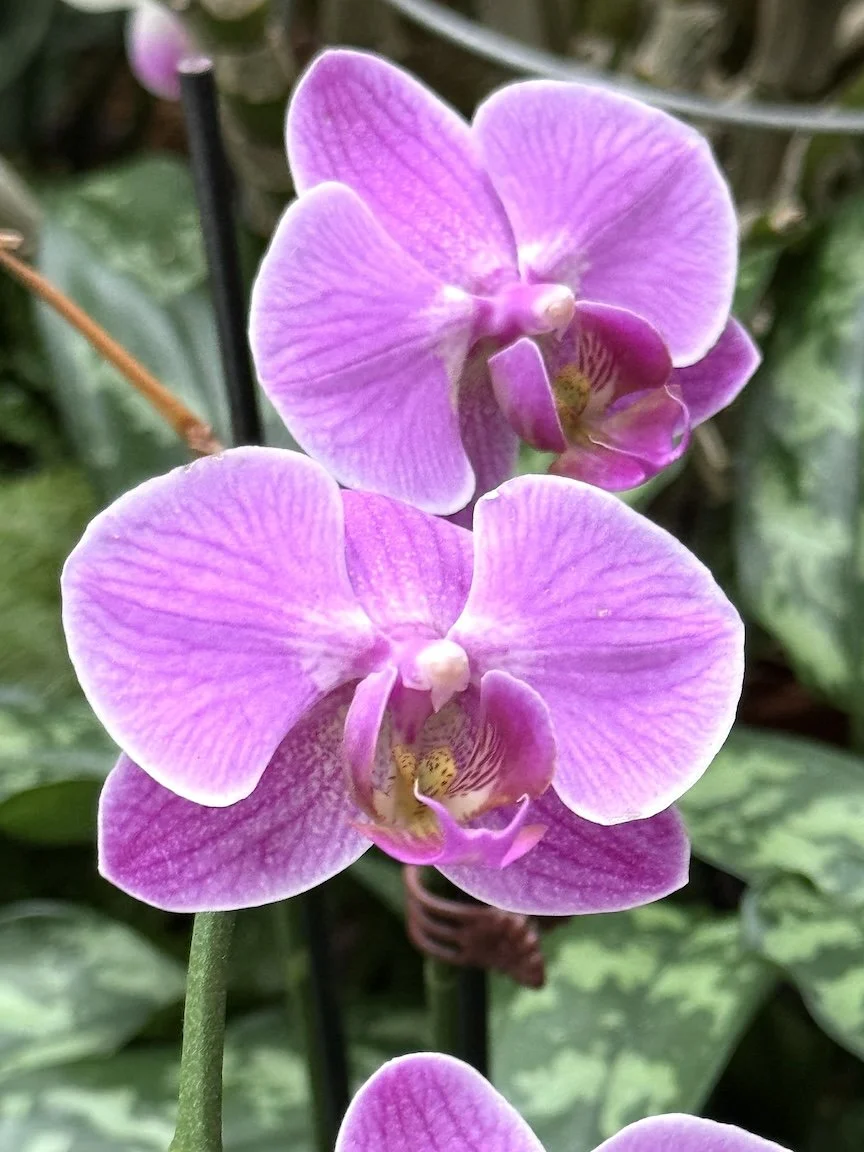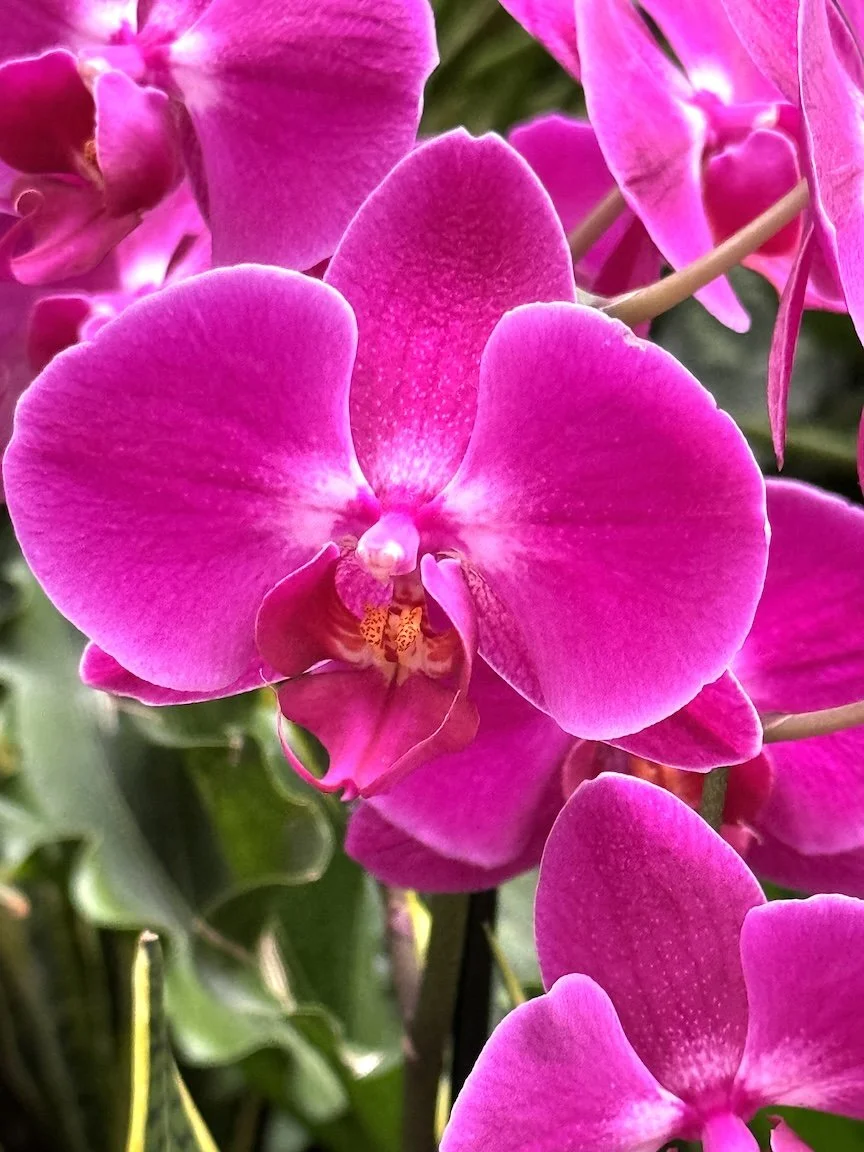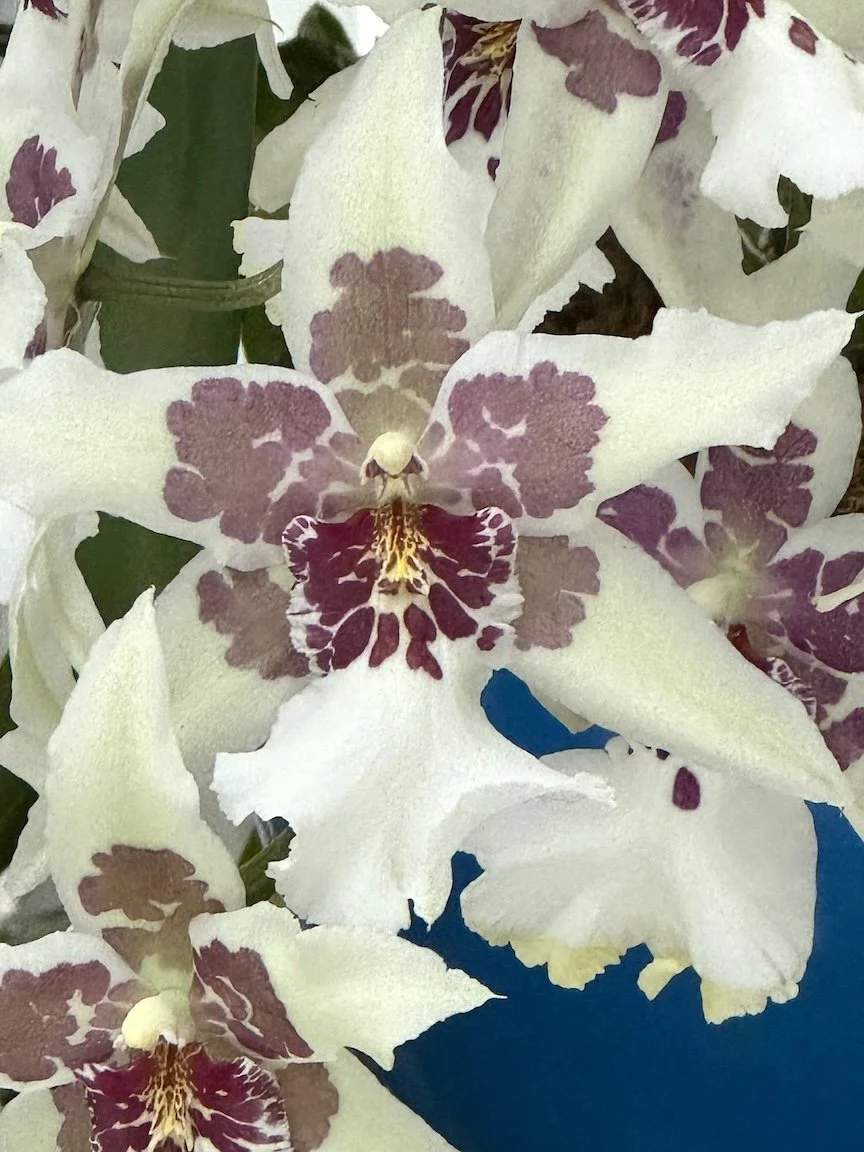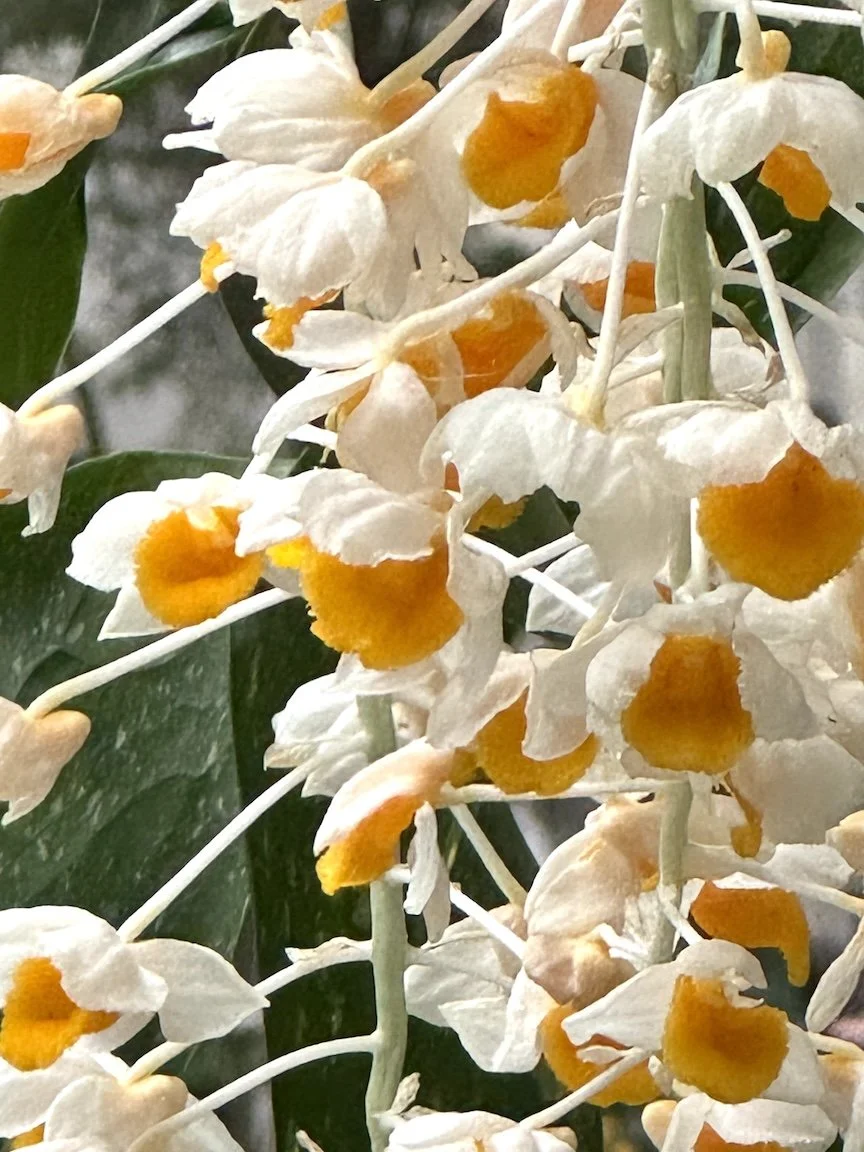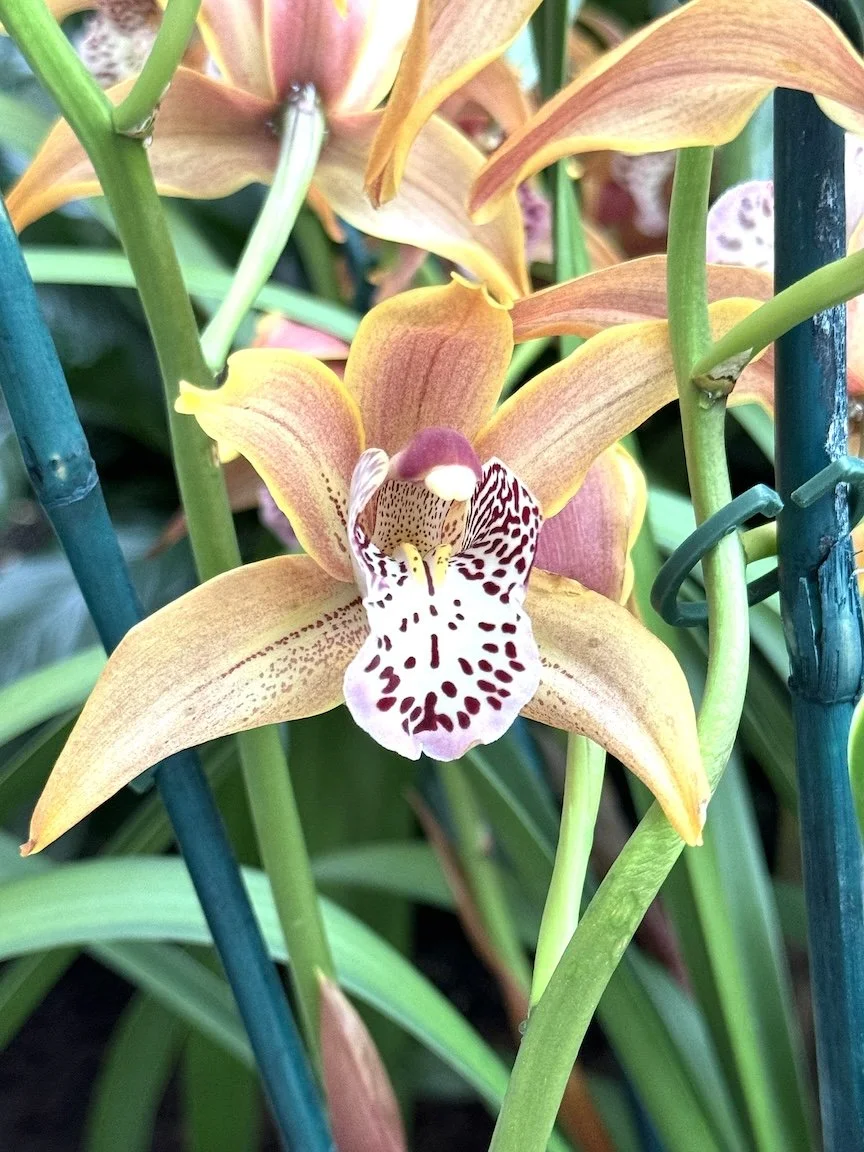It is almost time for roasting chestnuts!
One of may favorite things to do in the fall and winter is roasting and eating chestnuts. Like millions of people, I have eaten hot freshly
One of may favorite things to do in the fall and winter is roasting and eating chestnuts. Like millions of people, I have eaten hot freshly roasted chestnuts from street vendors in New York City and while traveling in Europe, but I especially enjoy roasting them on my porch. I buy chestnuts fresh in the shell online from farms in Virginia, Washington state, or California in early September. I store them in their shells in my fridge drawer and they surprisingly stay almost fresh for 3-4 months. Whenever I am ready to roast I take a handful or more, and make small cuts in the shells to allow the hot air that builds under the shells to escape (otherwise the chestnuts will explode). I roast them over hot Olivette Organic Charcoal which burns cleanly without smoke (at least I can’t see it) in a portable fire pit. I just ordered my chestnut supply for this season, and can’t wait for the first cold days of the season to arrive!
Chestnut tree
Roasting chestnuts on my porch
The negative health effects of marijuana / cannabis
Marijuana is approved in some states in the US for medical purposes which may include chronic pain relief, nausea relief, management of multiple sclerosis symptoms, and to stimulate appetite. However, most people in the US use it for “recreational” purposes. If you walk down the street and even into some buildings, garages, stairwells, subway stations .. etc, chances you will smell marijuana in many cities across the US. Judging from the wide, and increasing, use of marijuana, it is very likely that the majority of people who use it think it is harmless, but actually it is not.
Marijuana is approved in some states in the US for medical purposes which may include chronic pain relief, nausea relief, management of multiple sclerosis symptoms, and to stimulate appetite. However, most people in the US use it for “recreational” purposes. If you walk down the street and even into some buildings, garages, stairwells, subway stations .. etc, chances you will smell marijuana in many cities across the US. Judging from the wide, and increasing, use of marijuana, it is very likely that the majority of people who use it think it is harmless, but actually it is not.
Here are some of the harms associated with cannabis / marijuana use. This list is by no means inclusive. Some of these effects can occur after short period of use while others may appear after use for longer periods of time and/or with higher doses.
1. Risk of addiction to cannabis. Approximately 1 in 10 people who use marijuana will become addicted. When they start before age 18, the rate of addiction rises to 1 in 6.
2. May cause problems with memory, attention, learning, coordination, making decisions, reaction time and emotions. Marijuana can cause permanent (not reversible) IQ loss of as much as 8 points. Studies link marijuana use to depression, anxiety, suicide planning, and schizophrenia.
3. May raise blood pressure immediately after use, and may increase the risk of stroke and heart disease.
4. It affects drivers in a way similar to alcohol.
5. Smoking marijuana harms the lungs
6. Edible or drinkable cannabis may cause poisoning.
7. Harms athletic Performance by affecting timing, movement, and coordination.
8. Using marijuana during pregnancy may cause decrease fetal growth, premature birth, stillbirth, and problems with brain development. Chemicals from marijuana can be passed to the baby through breast milk if the mother is using it.
9. People who use marijuana are more likely to have relationship issues, worse educational outcomes, lower career achievement, and reduced life satisfaction.
It remains unknown what effect second hand smoking of marijuana have on those who do not use it. Given the wide use in public spaces and increased exposure of bystanders through unintentional breathing of smoked cannabis, such studies are urgently needed.
You can learn more on this subject by visiting these websites (which were used as references for this post):
https://www.cdc.gov/cannabis/health-effects/index.html
https://www.samhsa.gov/marijuana
https://my.clevelandclinic.org/health/articles/4392-marijuana-cannabis
This is one of my favorite chocolates
I love chocolate and I like nuts, so chocolate with nuts is, not surprisingly, a favorite of mine. I don’t care much for any other type of chocolate like those with ganache, jams, liquor, caramel, salted caramel, and any other combination. I don’t like chocolate that is too sweet and
I love chocolate and I like nuts, so chocolate with nuts is, not surprisingly, a favorite of mine. I don’t care much for any other type of chocolate like those with ganache, jams, liquor, caramel, salted caramel, and any other combination. I don’t like chocolate that is too sweet and generally prefer dark chocolate over milk chocolate although I don’t mind the latter. I have had many very tasty chocolates from different parts of the world, but this one happens to be one of my favorites.
I bought this box of chocolate from the famous chocolate house LA MAISON DU RHÔNE in Geneva, Switzerland https://durhonechocolatier.ch/en/
It has a chocolates with pistachios, chocolates with hazelnuts, and chocolates with almonds and each comes with dark chocolate and milk chocolate variety. Although I planned to eat just a piece or two each day to savor it for as long I could, it was all gone in about two days. If you love chocolate, I think you will also like these.
Can we decrease our chances of getting cancer?
A recently published study by researchers at the American Cancer Society found that in adults 30 years and older roughly 40% of cancers and 44% of deaths from cancer can be attributed to elevated risk factors that can be modified. This could hopefully lead to decreasing one’s odds of getting cancer or dying from it by mitigating these risk factors.
A recently published study by researchers at the American Cancer Society found that in adults 30 years and older roughly 40% of cancers and 44% of deaths from cancer can be attributed to elevated risk factors that can be modified. This could hopefully lead to decreasing one’s odds of getting cancer or dying from it by mitigating these risk factors.
The leading factors contributing to increased cancer risk in both sexes in order of significance (highest to lowest) include:
Cigarette smoking, excess body weight, alcohol consumption, UV radiation, physical activity, HPV infection, low fruit and vegetable consumption, processed meat, low dietary fiber, and other important but less significant factors. The significance of these factors differ somewhat between males and females.
Source:
Islami F et al. CA Cancer J Clin 2024
Is there a link between tattoos and lymphoma?
A new study from Sweden found that tattooed individuals had a 21% higher risk of getting a type of cancer called lymphoma compared with non-tattooed individuals. The authors of the study stressed
A new study from Sweden found that tattooed individuals had a 21% higher risk of getting a type of cancer called lymphoma compared with non-tattooed individuals. The authors of the study stressed the need for additional research to establish causality, since association does not necessarily mean causation, and hoped regulatory measures can be put in place to control the chemical composition of tattoo ink and minimize the risk of lymphoma in persons who choose to get tattooed in the future.
Reference:
Nielsen C, Jerkeman M, and Jöuda AD. Tattoos as a risk factor for malignant lymphoma: a population-based case–control study.
eClinicalMedicine 2024;72: 102649
Richard Sherman is gone, but his music will live forever
Richard M. Sherman passed away on May 25, 2024 at the age of 95. Richard and his brother Robert, known together as the Sherman Brothers, composed some of the most beloved and memorable songs for many Disney and some non-Disney movies, TV shows, and theme parks that we and our children and millions across the world have enjoyed and will keep enjoying for years to come. Theses include movies like Mary Poppins, The Jungle Book
Richard M. Sherman passed away on May 25, 2024 at the age of 95. Richard and his brother Robert, known together as the Sherman Brothers, composed some of the most beloved and memorable songs for many Disney and some non-Disney movies, TV shows, and theme parks that we and our children and millions across the world have enjoyed and will keep enjoying for years to come. Theses include movies like Mary Poppins, The Jungle Book, The Aristocats, Bedknobs and Broomsticks, Chitty Chitty Bang Bang (a non-Disney movie), some of Winnie the Pooh movies and TV episodes, and It’s a Small World (for Disney Theme Parks) among many others.
My family and I met Mr. Sherman a few years ago when he visited a local school with a friend on a weekend. He performed some of his songs, then took the time to chat with the kids and their families, posed for pictures, shook hands, and signed autographs. He was gracious, cheery, patient, and seemed happy smiling most of the time. It was an honor and a privilege to have met him; may he rest in peace and be forever remembered with love and fondness.
You can read more about Richard M. Sherman by clicking on the following links:
https://disney.fandom.com/wiki/Richard_M._Sherman
https://en.wikipedia.org/wiki/Richard_M._Sherman
https://thewaltdisneycompany.com/remembering-disney-legend-richard-m-sherman/
A close encounter with the fascinating horseshoe crabs
horseshoe crabs (HSC) have been around for more than 300 million years, from even before the dinosaurs.
During a recent visit to Dewey Beach in the state of Delaware (USA), I saw a few unusual creatures in the shallow waters of the bay, one of them (a male) was partially piggybacking on another (female), and other appear to be hanging around. I have never seen a creature like this before, but a friend said these are horseshoe crabs. I searched for information online, and was really fascinated with what I found.
Male HSC piggybacking on female HSC (darker and larger)
It turned out that horseshoe crabs (HSC) have been around for more than 300 million years, from even before the dinosaurs. They are not true crabs; they are arthropods, but more closely related to scorpions and spiders than crustaceans. They are the only living members of the Xiphosura order. The name “horseshoe crab” originates from the shape of the head, because U-shaped like a horse shoe. Interestingly the head not only contains the brain, but also the heart, mouth, nervous system, and glands. HSCs have nine eyes scattered throughout the body. They have six pairs of legs, only five pairs are for walking (no idea what the other pair is used for). HSC has a long and pointy tail, which it uses to flip itself over if for some reason the HSC is stuck lying on its back. HSCs can use their tail as a rudder to help steer as they swim upside down.
HSC like to eat at night feeding mostly on worms and clams, and may eat algae. The HSC has no mandible or teeth to crush and chew its food, so it picks up its food with appendages located in front of its mouth, crushes it between its legs then puts it in the mouth.
It turns out that during full moons, new moons, and high tides in May and June, hundreds of thousands of horseshoe crabs converge on the Delaware Bay to breed, which is why I saw so many of them there. Females dig nests in the sand and bury a cluster of about 4,000 tiny, blue-green eggs. Many shorebirds can’t survive without HSCs. Thousands of shorebirds descend on the Delaware Bay in May to feast on horseshoe crab eggs. Red knots, ruddy turnstones and sanderlings and others rely on the fat and protein-rich eggs to power their long flights.
HSC crab population of Delaware Bay and other locations along the Eastern Seaboard is under threat. By some estimates, the animal’s numbers fell by 90 percent between 2002 and 2017 because of overfishing and habitat loss. This population declines are troubling because several other animals depend on the horseshoe crabs’ spawning. They are also used in some important medical applications.
On Dewey Beach, the Delaware Bay is only a few steps (5-minute walk) from the Atlantic Ocean, se we walked over and took a long walk on the beach moving from north to south. Alson this walk, I saw many HSCs on their backs. Unfortunately they were all dead and some partially eaten. One picture I posted here shows an intact HSC with its horseshoe shaped head, and its many legs.
HSC on its back
Another interesting thing we found on the beach on the Atlantic Ocean side was many egg cases. According to Wikipedia. An egg case or egg capsule, often colloquially called a mermaid's purse, is the casing that surrounds the eggs of oviparous chondrichthyans. Living chondricthyans that produce egg cases include some sharks, skates and chimaeras. Egg cases typically contain one embryo, except for big skate and mottled skate egg cases, which contain up to 7 embryos.
egg case, also known as mermaid’s purse
On a lighter subject, we were surprised to see dogs everywhere, mostly golden retrievers. The locals are extremely friendly and welcoming, and when we asked one resident why are there so many golden retrievers around here (on the beach, in the hotel lobby and restaurant, in the streets, and in some restaurants) the answer was, well, because it was golden retriever week in Dewey Beach. Apparently, the week before poodle week, and before that was another breed week . The city plans these events to attract tourists and it actually works.
We also walked around the charming Rehoboth Beach and ate dinner at The Pines https://www.thepinesrb.com/, one of the many nice restaurants there. We then walked around for a while, and ate very tasty ice cream at Kilwins https://www.kilwins.com/stores/kilwins-rehoboth-beach
Some references used for this post include the following (you can also login and read more about horseshoe crabs):
1) National Wildlife Federation: https://www.nwf.org/Educational-Resources/Wildlife-Guide/Invertebrates/Horseshoe-Crab
2) Smithsonian’s National Zoo & Conservation Biology Institute https://nationalzoo.si.edu/animals/news/10-incredible-horseshoe-crab-facts
3) Britaanica https://www.britannica.com/story/horseshoe-crab-a-key-player-in-ecology-medicine-and-more
For more on egg cases/mermaid purses check this page on Wikipedia: https://en.wikipedia.org/wiki/Egg\_case\_(Chondrichthyes)
The beautiful world of orchids
Orchids are beautiful flowering often fragrant plants. They can be found in nature in many places around the world, but mostly in the tropics. There are thousands of orchid varieties, including thousands of hybrids introduced by experts. Most orchids in nature grow
Orchids are beautiful flowering often fragrant plants. They can be found in nature in many places around the world, but mostly in the tropics. There are thousands of orchid varieties, including thousands of hybrids introduced by experts. Most orchids in nature grow anchored to trees, plants and rocks; orchids grown in pots indoors may also need an anchor to support their growth. Orchids need special care and may be difficult to grow indoors so if you like to have one (or more) you need to educate yourself about the type suitable for your indoor climate, sun exposure, type of potting soli, food/nutrients needed, and how often to feed and water.
Recently I have been to an orchids exhibit at the National Portrait Gallery in Washington, DC and, yes, those were live orchids planted all around the courtyard. I did not like all of them but due to the extensive variety in the exhibit I found many favorites. I was fascinated by the variation in color and texture even within the same flower. Some flowers looked like they were sticking their tongues out, while others looked like butterflies have landed on them. Naturally, I got out of control and took so many pictures (thank God for digital). I had a hard time deciding which pictures to show on this blogpost, and will surely have regrets for not including some after I publish this post.
You can find good general information on orchids on Wikipedia
https://en.wikipedia.org/wiki/Orchid
Here are some links sites that provide helpful instructions and tips for growing beautiful healthy orchids indoors:
Better home and gardens
https://www.bhg.com/gardening/houseplants/care/how-to-care-for-orchids/
The American Orchid Society
https://www.aos.org/orchids/additional-resources/orchids-indoors.aspx
